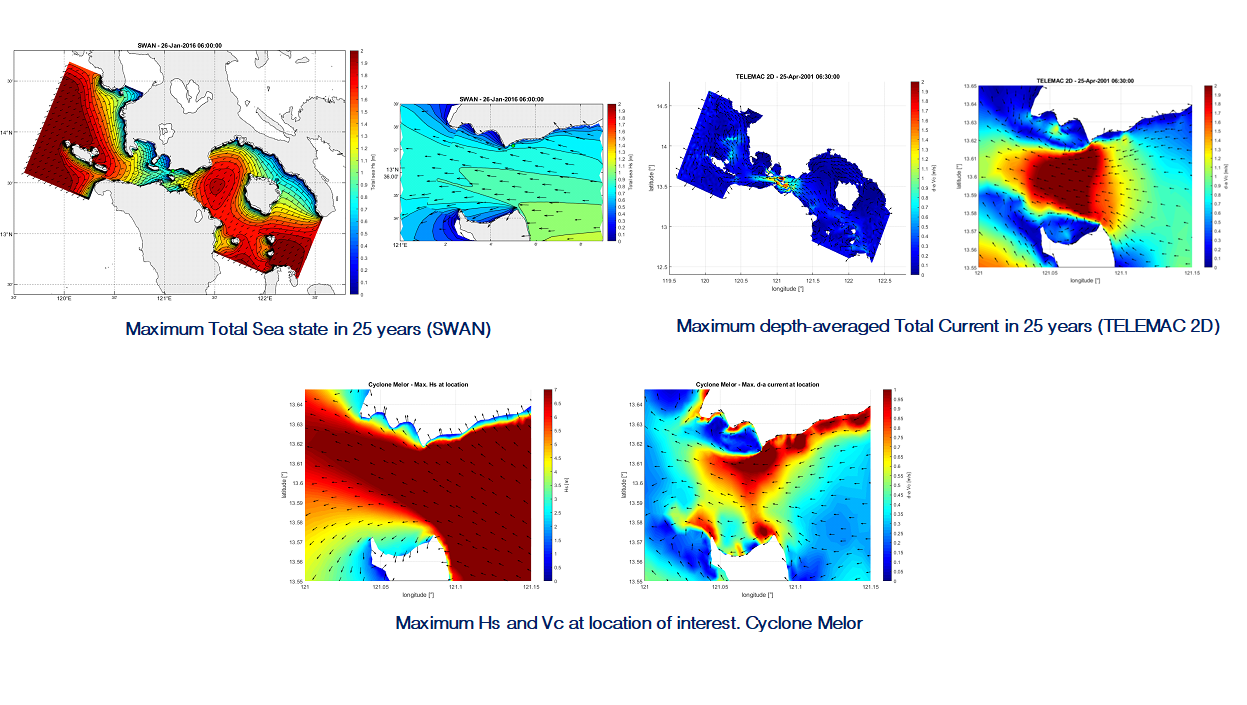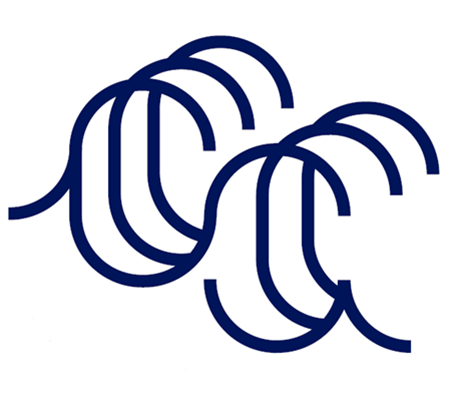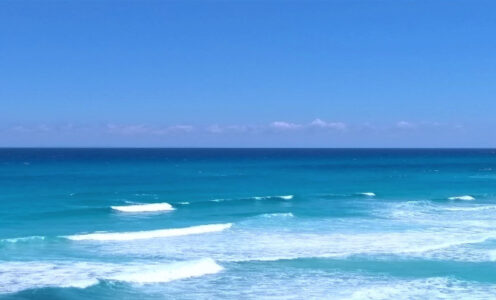Background
Directional cyclonic and non-cyclonic MetOcean data (extremes and fatigue) was required to support the design of a mooring at the Verde island Passage, Philippines. Being a sheltered, coastal location, it was necessary to carry out numerical modelling of both cyclonic and non-cyclonic waves and flows.
Scope of Work
CA Metocean was appointed by Intermoor Ltd. to provide the necessary metocean criteria at the interest location.
The scope of work included:
- Retrieve and calibrate (using satellite measurements) regional hindcast of wave, wind and current information across the interest area
- Set up a wave numerical model using SWAN and a 2D Hydrodinamic model using TELEMAC-2D
- Simulation of 25 years of non-cyclonic conditions as follows: 3 hourly sea states (Hs, Tp and direction) and half an hour total currents and water levels
- Simulation of the four most onerous cyclones affecting the area of interest within the last 30 years
- Creation of requested deliverables based on the numerical modelling outputs
Key Features
- The non-cyclonic wave model was set up using three nested grids. In the coarsest grid the model was forced with 7 wave time series along the open boundaries and time and space varying wind maps.
- The non-cyclonic flow model was set up using a flexible mesh with higher resolution around the interest area and shallow waters. The model was forced with merged tidal and residual water levels and currents along its open boundaries and time and space varying wind maps.
- The cyclonic flow and wave models were set up using flexible meshes with higher resolution along the cyclone tracks. SWAN wave model was forced with time and space varying wind maps derived using parametric models and track information. TELEMAC 2-D was forced with both wind and pressure maps derived from cyclone track information.



